When fresh milk becomes a rare luxury and canned dairy isn’t cutting it, there’s an old-school survival staple you need to know about: the calcium loaf. It’s not pretty, and it sure isn’t a five-star meal, but it packs a powerful nutritional punch when your bones are begging for help.
This humble, often overlooked creation has its roots in prisoner diets, government rations, and Depression-era ingenuity. Surprisingly, it offers one of the most efficient and shelf-stable ways to get calcium and protein when dairy is off the table.
What Is a Calcium Loaf?
Also called a fortified survival loaf or prison loaf, the calcium loaf is a dense, nutrient-packed bread-like food made from everyday ingredients like beans, oats, powdered milk (when available), and calcium-rich additions like crushed eggshells or ground seeds.
It was never meant to be glamorous—just functional. Its original use was to meet basic dietary needs in institutional settings, especially where nutrition had to be delivered with limited access to fresh food.
When milk and cheese are unavailable, a properly prepared calcium loaf can help:
- Prevent bone loss
- Support muscle function
- Deliver critical calories
- Keep your body going under stress
Combine it with an all-purpose salve like this one and you take a huge leap towards strengthening your body.
Why Bother with a Calcium Loaf?
Because your body doesn’t stop needing calcium just because the grid goes down.
In a crisis, people focus on calories first: rice, beans, jerky. But calcium is essential for far more than strong bones. Without it, your heart, nerves, and muscles don’t function properly. Deficiencies can lead to brittle bones, muscle cramps, poor healing, and even nerve damage.
And here’s the kicker: many emergency foods are low in calcium. That means over time, your bones and teeth may start paying the price.
Enter the calcium loaf: shelf-stable, affordable, and surprisingly effective at keeping your skeleton strong.
The Basic Ingredients
While there’s no universal recipe for calcium loaf, most versions tend to revolve around a handful of essential, pantry-friendly ingredients. These ingredients not only contribute to the loaf’s nutritional value but also enhance its shelf life, making it a practical choice for long-term food storage.
Here’s what you’ll typically find in a solid calcium loaf foundation:
- Beans (kidney, black, or white): High in protein and calcium.
- Oats or whole grains: Provide fiber and calories.
- Ground seeds (sesame, chia, or flax): Great sources of calcium and healthy fats.
- Eggshell powder: A powerful, overlooked source of natural calcium. Clean, bake, and crush them finely.
- Vegetables: Shredded carrots, kale, or spinach for added vitamins and minerals.
- Binding agent: Mashed beans or a bit of oil to hold it together.
- Salt and herbs: Optional but improves flavor.
- Powdered milk or nutritional yeast: Boosts calcium and protein (if available).
These ingredients are shelf-stable, inexpensive, and often already part of a prepper’s pantry.
Speaking about your pantry, did you know there is a correct way to build it and an incorrect way? You basically want to maximize your space and have everything to survive for as long as possible. This is where the Easy Cellar comes in. This guide will teach you how to build a perfect pantry, what to actually put in it, and give you extra advice you surely did not hear anywhere else. Learn more about the Easy Cellar here.
Also, remember that having a well-stoked pantry and knowing all survival recipes is not enough. If one day you turn on the tap and nothing comes out, what will you do? I decided not to rely on luck and got the declassified U.S. Army water generator plans: The Water Freedom System for bugging in and this backpack-sized generator for bugging out, both simple, practical, and reliable.
How to Make the Calcium Loaf (With Quantities)
Many readers asked for clearer amounts, so here’s a practical version of the calcium loaf recipe. Keep in mind that the exact quantities can vary depending on what ingredients you have, your altitude, and the moisture in your beans or oats — but this formula will get you close.
Ingredients:
- 1 cup cooked white beans (or any mild bean, mashed)
- 1 cup rolled oats (or crushed whole grain, like barley or wheat flakes)
- 3 tablespoons finely ground eggshell powder
- ¼ cup ground sesame or chia seeds
- 1 tablespoon honey or molasses (optional, adds minerals and binding)
- ¼ teaspoon salt
- Enough water (about ⅓ to ½ cup) to form a thick, moldable dough
- A handful of finely chopped greens (optional: spinach, kale, or dandelion leaves)
Instructions:
- Combine the mashed beans, oats, seeds, and eggshell powder in a bowl.
- Add honey or molasses, salt, and just enough water to bind everything together.
- Shape into small loaves or patties — about ½ inch thick works best for even drying.
- Bake at 300°F (150°C) for 40–50 minutes, or until firm and slightly crisp on the outside.
- Let cool completely before storing in an airtight jar or tin.
Notes:
If your mix feels too dry, add a bit more water. If it’s too soft, add extra oats or beans. The goal is a dense, nutritious loaf that can last days without refrigeration.

Storage Tips for Long-Term Use
If you’re planning ahead, the individual ingredients store far longer than a baked loaf. It is better to just have the ingredients and you can bake it when needed. This makes it a lot better since it is fresh. Here are a few tips:
- Keep a stash of pre-cleaned, baked eggshells in an airtight jar.
- Dry seeds, oats, and beans can last years in mylar bags with oxygen absorbers.
- Powdered milk lasts up to 20 years when stored properly.
- Consider vacuum-sealing small kits of ingredients to make a loaf quickly in an emergency.
Dehydrating and vacuum-sealing completed loaves is also an option. Slice them thin, dry them fully, and pack them airtight.
There are different storage methods available for Calcium Loaf. In fact, the same can be said for most foods out there, especially survival foods. The Amish know best how to store foods for months or even years. After all, they invented the Amish Freezer, which does not need electricity to run. Yes, you can store your food for years without an actual electricity-dependent freezer. Want to learn how to build your own for when the grid is down? Click here to learn how.
How Much Calcium Does It Provide?
The answer depends on your ingredients, but here are rough estimates:
- 1 tbsp ground sesame seeds: 88 mg calcium
- 1 tbsp eggshell powder: 800 to 1000 mg calcium
- 1 cup cooked white beans: 160 mg calcium
Just one loaf, divided into daily portions, can provide more than enough calcium to meet adult daily needs (around 1000 mg/day).
Additional Tips and Hacks
- Flavor it up: Add onion powder, garlic, curry, or chili flakes to improve palatability.
- Make it into crackers: Slice thin and bake again until crispy. You can even use the hardtack technique.
- Sneak it into stews: Crumble it into soups for a nutrient boost.
- Use for barter: In a prolonged crisis, high-calcium foods could be highly valuable.
- Portion control: Wrap slices individually and store with date labels.
When to Use a Calcium Loaf
- Post-disaster recovery: When fresh dairy is gone and you need shelf-stable nutrients.
- Elderly care in a crisis: Older adults are more prone to bone loss and need reliable calcium.
- Bug-out nutrition: It’s compact and can be pre-baked and carried on the move.
- Kids and teens: Their growing bones need support even during tough times.
- Vegan or dairy-free households: A great dairy-free source of calcium for regular use.
The Case for Eggshell Powder
Many folks toss their eggshells without a second thought. But in a true survival scenario, those shells could be lifesavers.
- Clean and bake eggshells at 250°F for 10 minutes to kill bacteria.
- Let them cool and grind into a fine powder.
- Store in a glass jar with a tight lid.
One teaspoon of eggshell powder contains nearly 1000 mg of calcium. Just be sure it’s ground finely enough that it won’t cause irritation or harm.
I was very surprised to learn that the Amish never throw away their eggshells as I attended the Amish Ways Academy. When Eddie told us about how eggshells and eggs in general are used, it totally blew my mind. An egg, the ultimate survival food? You could make an argument for it. Learn more about how to use eggs in a survival scenario, including what happens if you store eggs in salt here.
Final Thoughts
You don’t need to live on calcium loaf forever. But knowing how to make it, and why it matters, could be a real game-changer if food systems collapse.
It’s simple, inexpensive, adaptable, and could help keep your bones from turning to dust when milk is nothing but a memory. Add it to your preparedness plan now, and your future self will thank you every time you bite into a chewy, oddly comforting slice of survival.
Because in the end, strong bones aren’t just about nutrition. They’re about resilience. And in a world where every step might matter, you’ll want every bit of strength you can get.
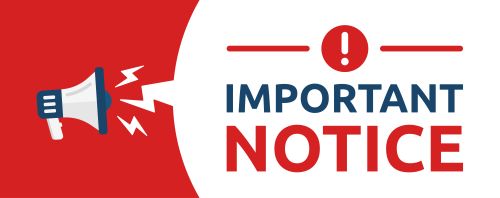 Foods like the Calcium Loaf we talked about helped thousands of people to survive during the Great Depression. And we have to learn more from those times cause we never know when a new depression will hit. The last one came out of the blue and there are already signs that we are heading toward another one.
Foods like the Calcium Loaf we talked about helped thousands of people to survive during the Great Depression. And we have to learn more from those times cause we never know when a new depression will hit. The last one came out of the blue and there are already signs that we are heading toward another one.
As preppers, we know that information is key. So, I urge you to get informed about the current financial problems affecting the US Dollar. Even if the dollar is strong now, our enemies do all they can to get us down. This is why The Dollar Apocalypse is a book you need to have in your home. It is YOUR survival guide for the next Great Depression. Some of the things you will learn:
- The 27 items that will become the new money when the dollar collapses.
- The 3 early warning signs to watch out for before an economic collapse.
- How to outfox FEMA in a crisis.
- Investment opportunities in a collapse.
- The precious metal that will hold up better than gold and silver when inflation rises.
- Little-known secrets to keep looters off your property.
- The first US states that will go down after the dollar collapses.
Effectively, The Dollar Apocalypse is a complete survival and preparedness guide. It is available at a discount of 74% for Ask A Prepper Readers. For just $37 you can get your paperback copy and 3 extra free bonuses you do not want to miss out on. Don’t wait until it’s too late!
You may also like:
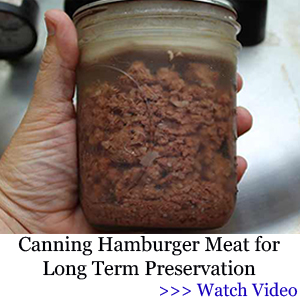 Hardtack: The Survival Bread That Refuses to Die
Hardtack: The Survival Bread That Refuses to Die
The ‘Superweed’ That Saved Large Communities During The Great Depression (Video)

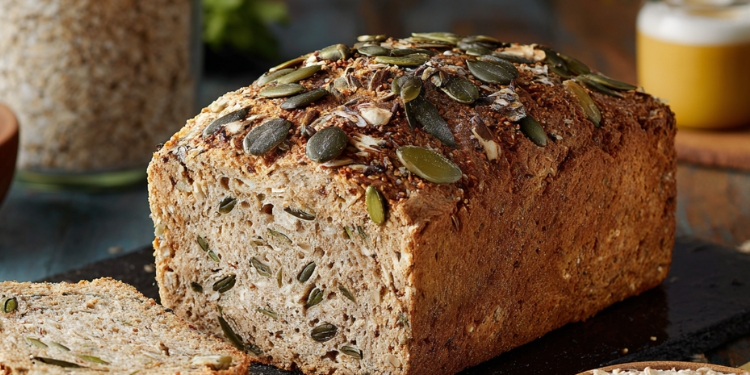










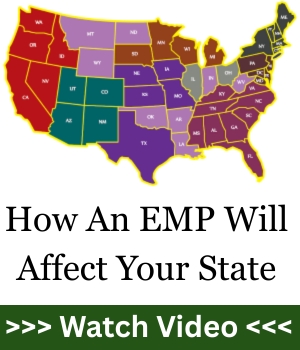

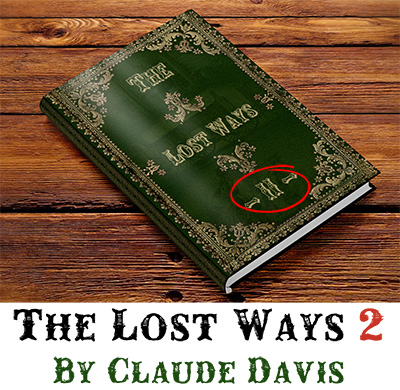
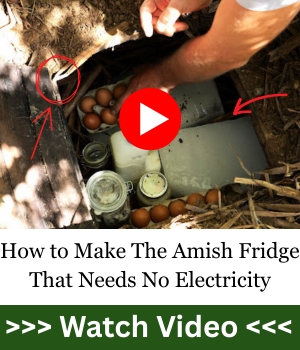








Good article.
Always good to have some super food in the format.
We can get good reliable food when the time comes, but I think we might need to start this type of eating now and not wait till it hits.
I do like the egg shells, I toss mine in the compost and use them in my garden.
They will be added to my prep…
One thing, does the color matter or is one better then the other. ?
Blue, Brown, White, Green….
Just wondering.
stay sharp
Eggshells are one of those underrated resources that fit perfectly into both gardening and prepping. As for color, nope, the shell color doesn’t make a difference in nutrients or calcium content. The color just depends on the breed of the chicken. Whether they’re blue, brown, white, or green, they’ll all break down the same and give your soil that calcium boost your plants love. So keep saving them all!
Great article
wish you all the best
your life depends on it
stay prepared , Stay ready , keep up
as the day is approaching the return and then it begins
Howdy from high in the desert swamp,
I am going to make this and dry it like hard tack. I will put it in a jar with an o2 absorber and just leave it to see if or when it starts to mold.
Really good article.
Remember the Alamo
Remember 9/11
Remember North Carolina
Remember to have your soul prepared
try to make it fruit cake style, with altered ingredients, morph in what’s needed to make it fruit cake, then it should last 2 or 3 hundred years
I wish the article could have supplied the amounts of each product needed. I looked online and am not finding a recipe with amounts.
Here is one that looks similar that could be a starting point. Maybe just add the ground beans or trade out some of the oats. Then include the tbsp of egg shells. Make some adjustments if needed the next time. With no yeast or baking powder its going to be a very dense loaf (brick).
Dry ingredients
• 1 1/2 cups 145 grams old-fashioned rolled oats
• 1 cup 135 grams raw sunflower seed kernels
• 1/2 cup 90 grams golden flax seeds
• 1/2 cup 65 grams raw almonds
• 4 tablespoons psyllium seed husks
• 2 tablespoons black chia seeds
• 1 teaspoon fine sea salt
Wet ingredients
• 1 1/2 cups warm water
• 1 tablespoon grade b maple syrup
• 3 tablespoons ghee or coconut oil
This is just a copy and paste on my part, I haven’t even tried it.
Thank you domeliving for helping us out. We also added the quantities we use. Hope it helps.
Thank you!
Great article BUT there were NO amounts to the ingredients in the recipient
You are absolutely right. We were so focused on the benefits that we did not add quantities. Thank you for pointing it out. The recipe was updated with quantities.
I would like the amounts each ingredient also.
I would like the amounts each ingredient also.
Thank you for pointing it out. We updated the article with quantities.
All I need to do is start grinding and saving egg shells, turning them into a powder and my family might really think I’ve gone off the deep end. That said, I’m making this recipe! It sounds quite tasty.
The egg shells are actually pretty good. You can make a paste with it, maybe add some lemon, something as simple as that, and your family might even like it. You can make so many things out of the shells.
tell the family YOU need the calcium, so you dont get brittle bones and hunched over as you age, they will never know its a prep. If it tastes good, they will ask you to make more egg shell bread